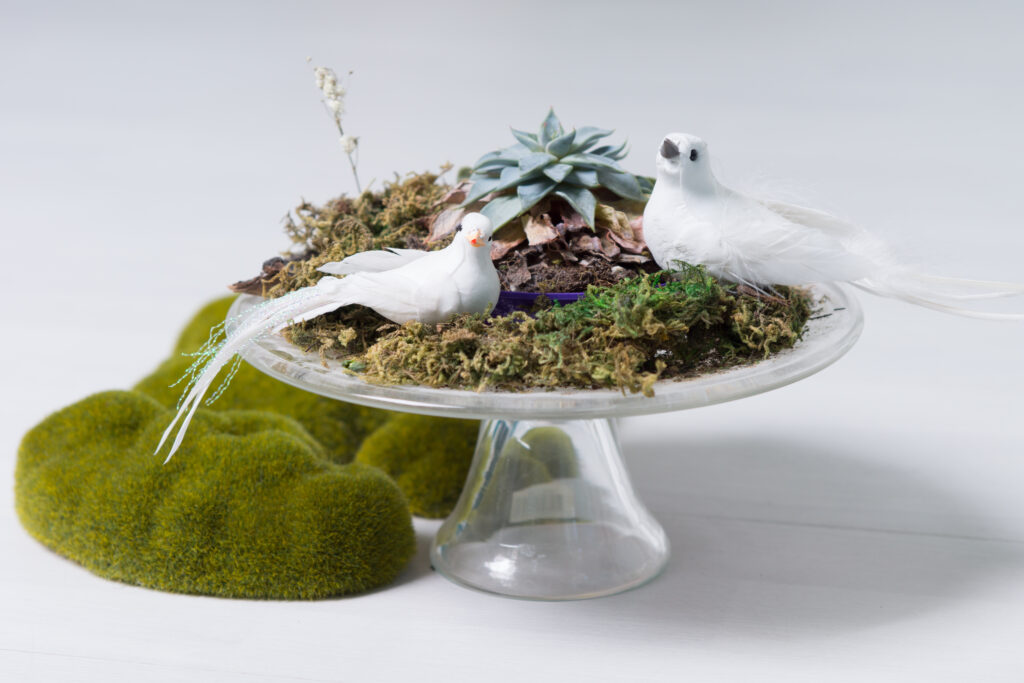Bringing the serene beauty of desert landscapes into your home has never been easier than with a succulent terrarium. These arid terrariums capture the essence of desert environments while requiring minimal care—perfect for busy plant enthusiasts or beginners looking to add greenery to their space without the commitment of high-maintenance houseplants.
Why Choose a Desert-Themed Terrarium?
A desert-themed terrarium offers multiple benefits beyond its striking aesthetic:
- Creates a focal point in any room with sculptural plant forms
- Requires significantly less watering than traditional houseplants
- Thrives in the dry conditions of heated indoor environments
- Showcases the fascinating diversity of low-maintenance plants
- Provides a creative outlet for personal expression through arrangement and decorative elements
Essential Materials for Your Arid Terrarium
Before beginning your desert masterpiece, gather these supplies:
Container Selection
Choose a wide, shallow glass vessel that provides adequate surface area and allows excess moisture to evaporate. Unlike closed terrariums, succulent arrangements benefit from containers with wide openings or no lids at all.

Layering Materials
For proper drainage and root health, you’ll need:
- Clean pebbles or gravel (1-2 inches for the bottom layer)
- Activated charcoal (thin layer to prevent odor and bacterial growth)
- Cactus/succulent potting mix, or regular potting soil mixed with sand and perlite
- Decorative top dressing (colored sand, small stones, or crushed glass)
Tools for Assembly
- Small trowel or spoon for soil placement
- Chopsticks or tweezers for precise plant positioning
- Small brush for cleaning leaves and container sides
- Spray bottle for minimal watering
Step-by-Step Assembly Process
1. Create Your Foundation
Begin by placing a 1-2 inch layer of pebbles at the bottom of your container. This drainage layer is crucial for low-maintenance plants like succulents that are susceptible to root rot when exposed to excess moisture.
2. Add Filtration
Sprinkle a thin layer of activated charcoal over the pebbles. This helps keep your arid terrarium fresh and prevents stagnant water odors.
3. Prepare the Growing Medium
Fill your container about one-third full with cactus/succulent soil mix. Create small hills and valleys to add visual interest and provide varying planting depths.
4. Arrange Your Desert Stars
Before planting, arrange your succulents while still in their nursery pots to plan your design. Consider these striking varieties for your succulent terrarium:
- Echeveria varieties with their rosette forms
- Haworthia for striking patterns and translucent leaf windows
- Sedum varieties that provide trailing elements
- Crassula (jade plant relatives) for structural interest
- Kalanchoe for unique leaf shapes and occasional blooms
5. Plant with Purpose
Make holes in the soil for each plant, carefully remove succulents from their nursery pots, and gently loosen root balls before positioning. Leave adequate space between plants to allow for growth.
6. Add Desert Accents
Complete your desert-themed terrarium with decorative elements:
- Small stones or colored sand for topsoil dressing
- Miniature figurines or driftwood pieces for character
- Larger accent rocks to create focal points
Maintenance for Maximum Success
The beauty of an arid terrarium lies in its minimal care requirements:
Watering Guidelines
Water sparingly—typically once every 2-3 weeks depending on your home’s humidity levels. Apply water at the soil level, avoiding leaf surfaces which can lead to rot. Always allow soil to dry completely between waterings.
Light Requirements
Position your succulent terrarium in bright, indirect light. A few hours of morning direct sun is beneficial, but avoid harsh afternoon sunlight which can scorch leaves even through glass.
Seasonal Adjustments
Reduce watering even further during winter months when plants naturally enter dormancy. Increase slightly during active growth seasons in spring and summer.
Troubleshooting Tips
If plants begin stretching or leaning, they need more light. If leaves develop brown spots, they may be getting too much direct sun or water on their surfaces.




